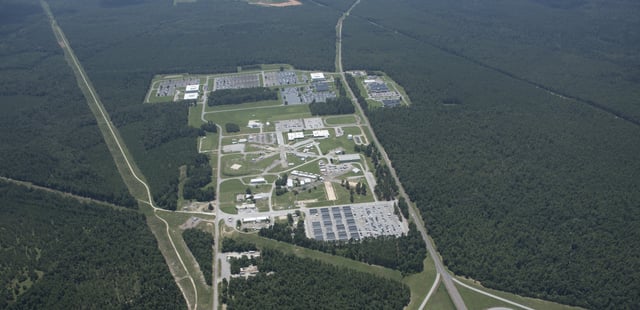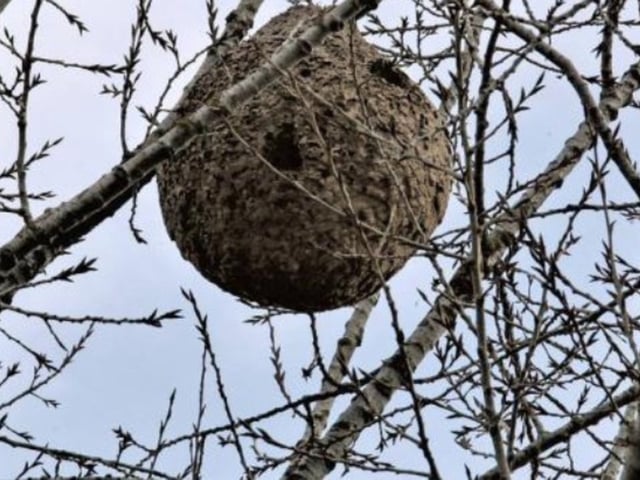Overview
- On July 3, routine radiation monitoring at the Savannah River Site detected a wasp nest near liquid nuclear waste tanks with radiation levels ten times federal limits.
- Workers sprayed the nest with insecticide, removed it and processed it as radioactive waste, finding no live wasps.
- The Department of Energy report found no leaks in the underground storage tanks and attributed the contamination to residual Cold War–era radioactivity on site.
- Savannah River Mission Completion said the nest posed no public risk because it remained within secure site boundaries and wasps travel only short distances.
- Savannah River Site Watch criticized the DOE report as incomplete for failing to explain how the nest became radioactive and whether other hotspots exist.



